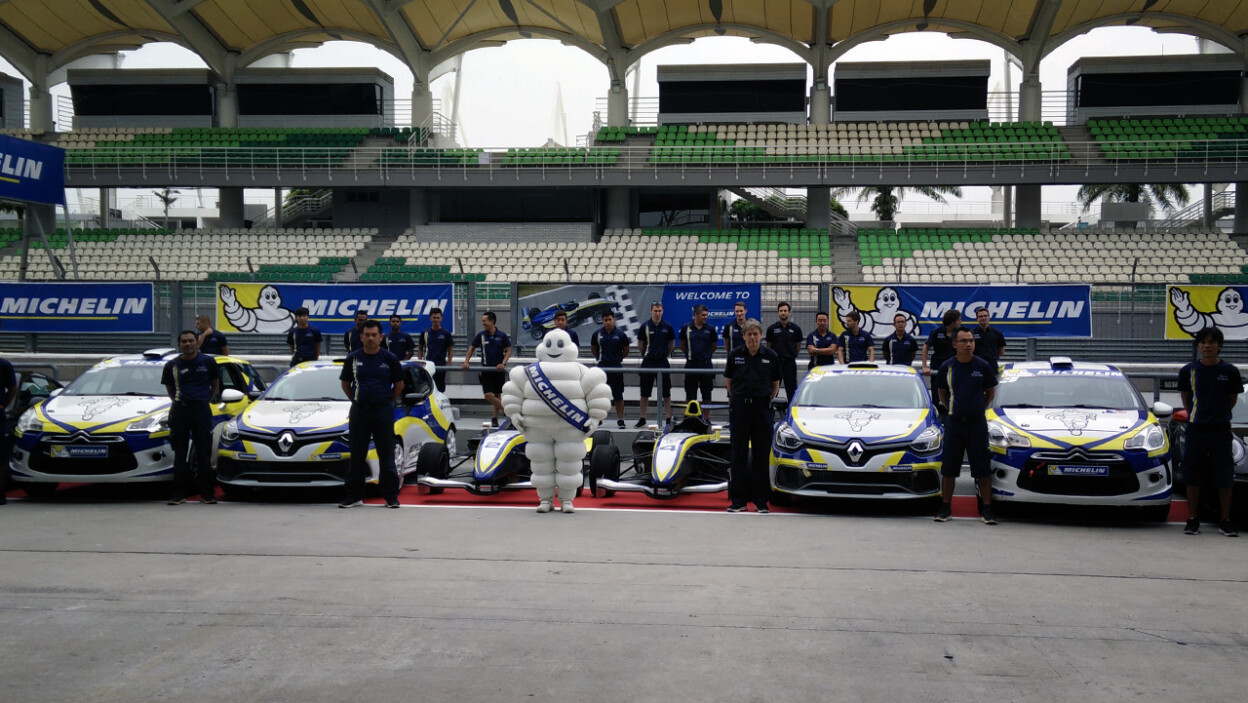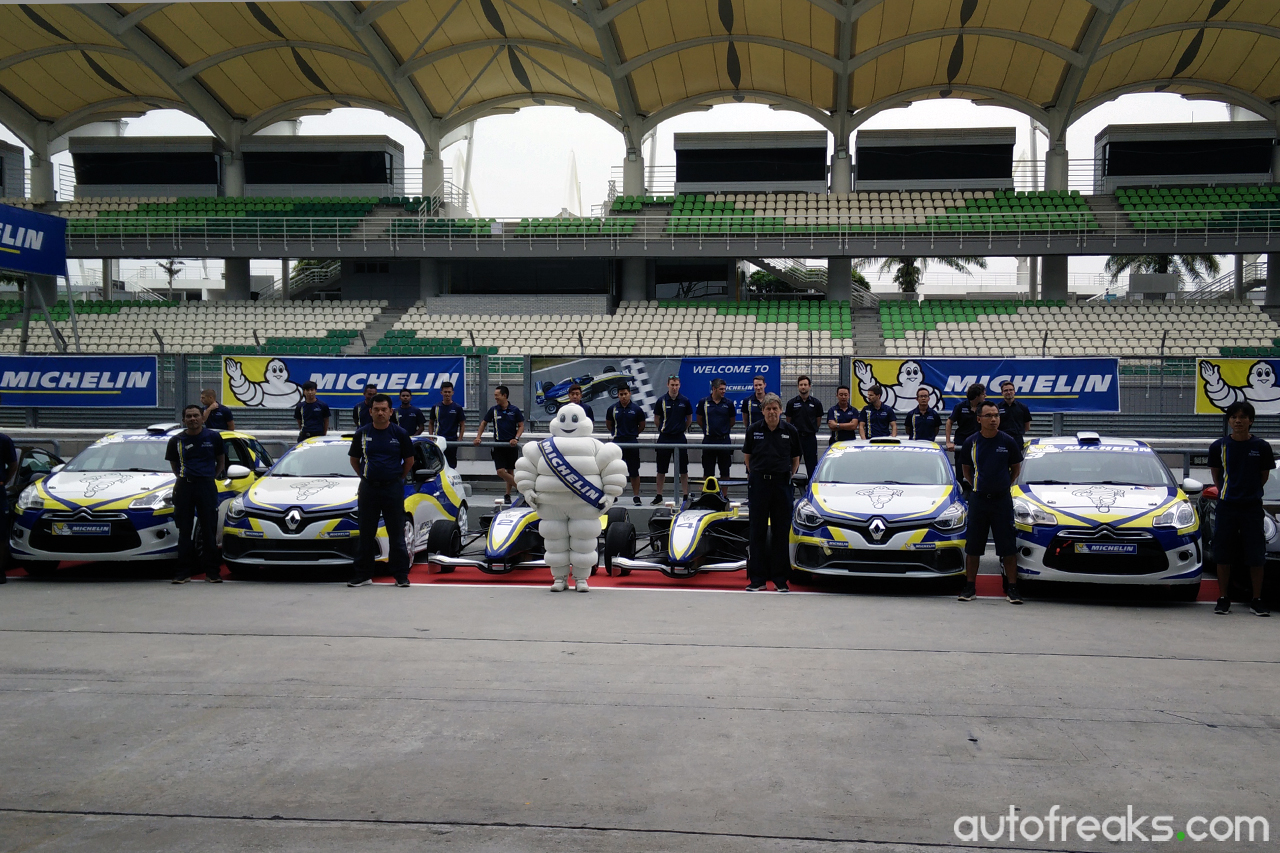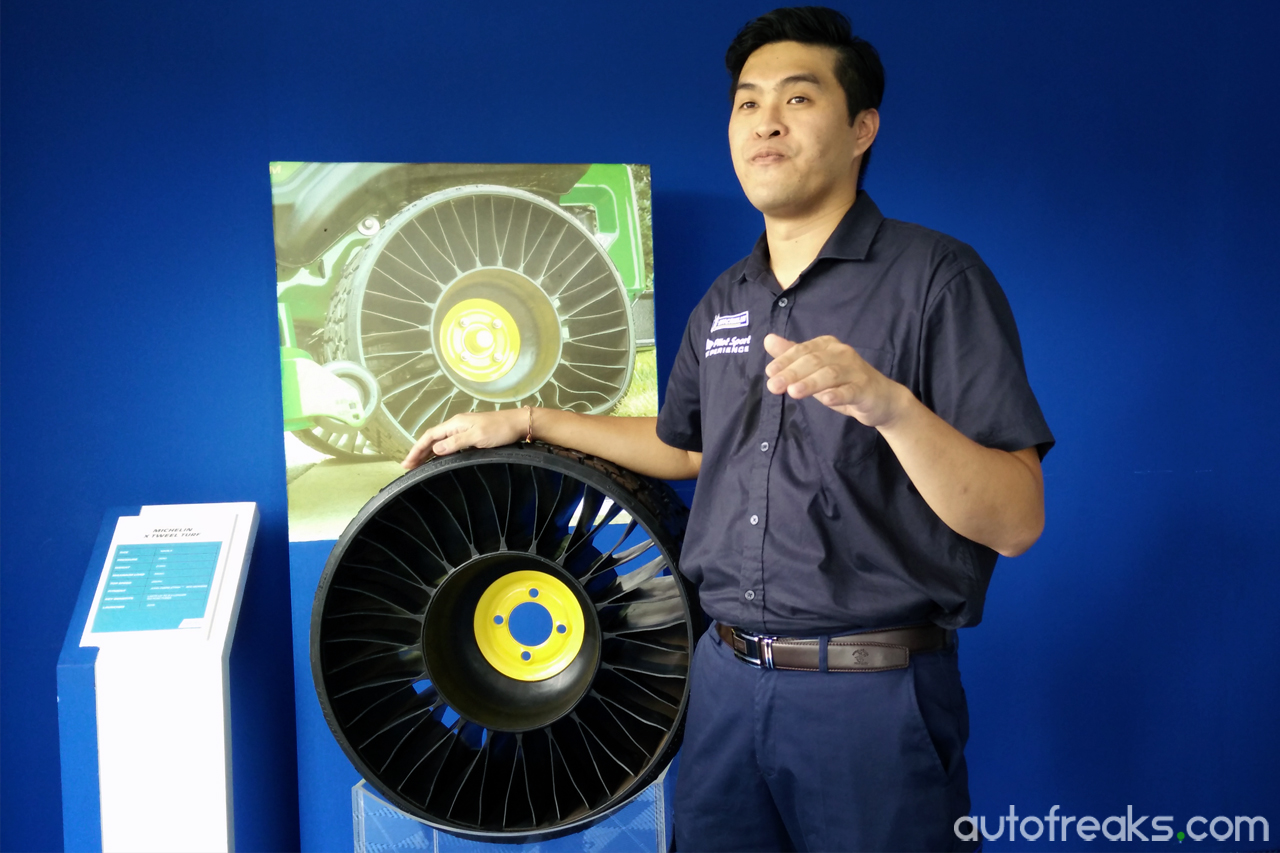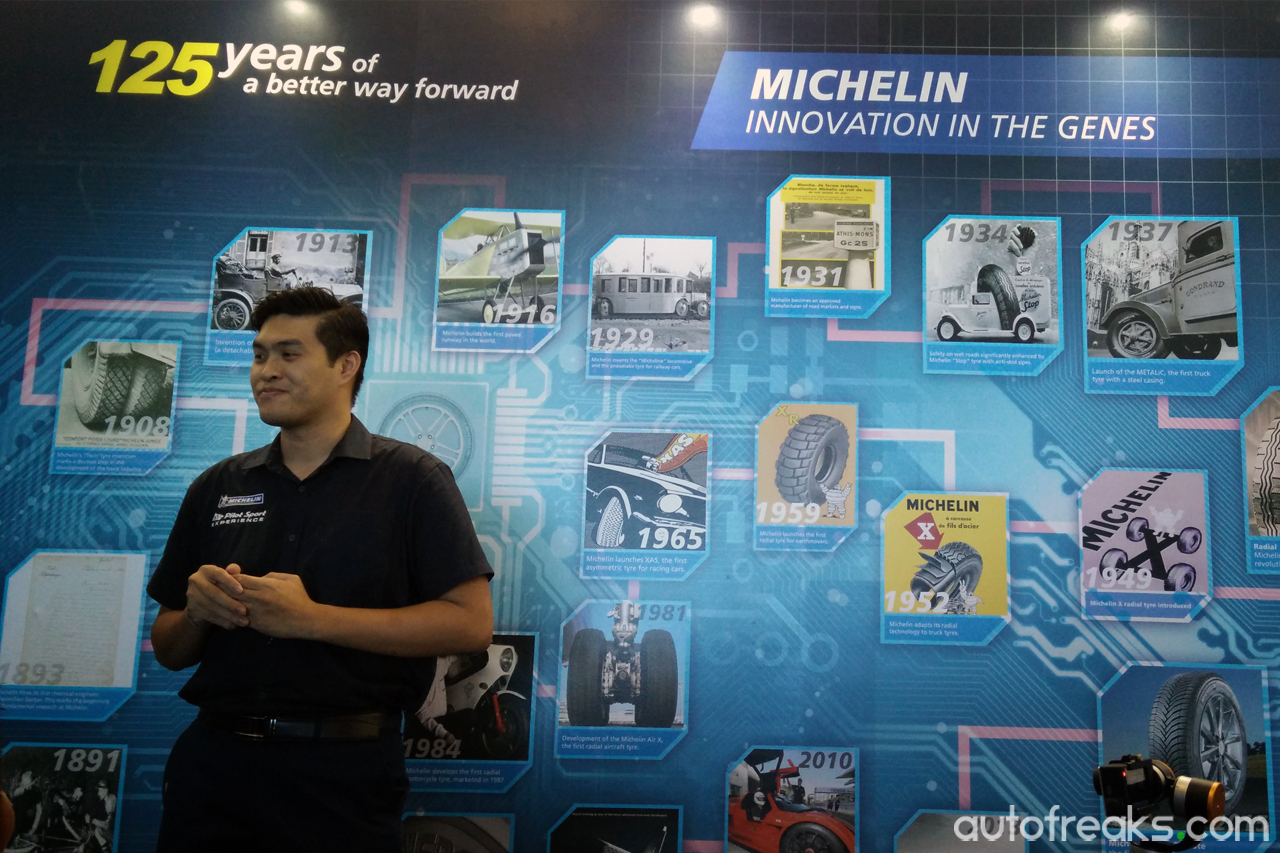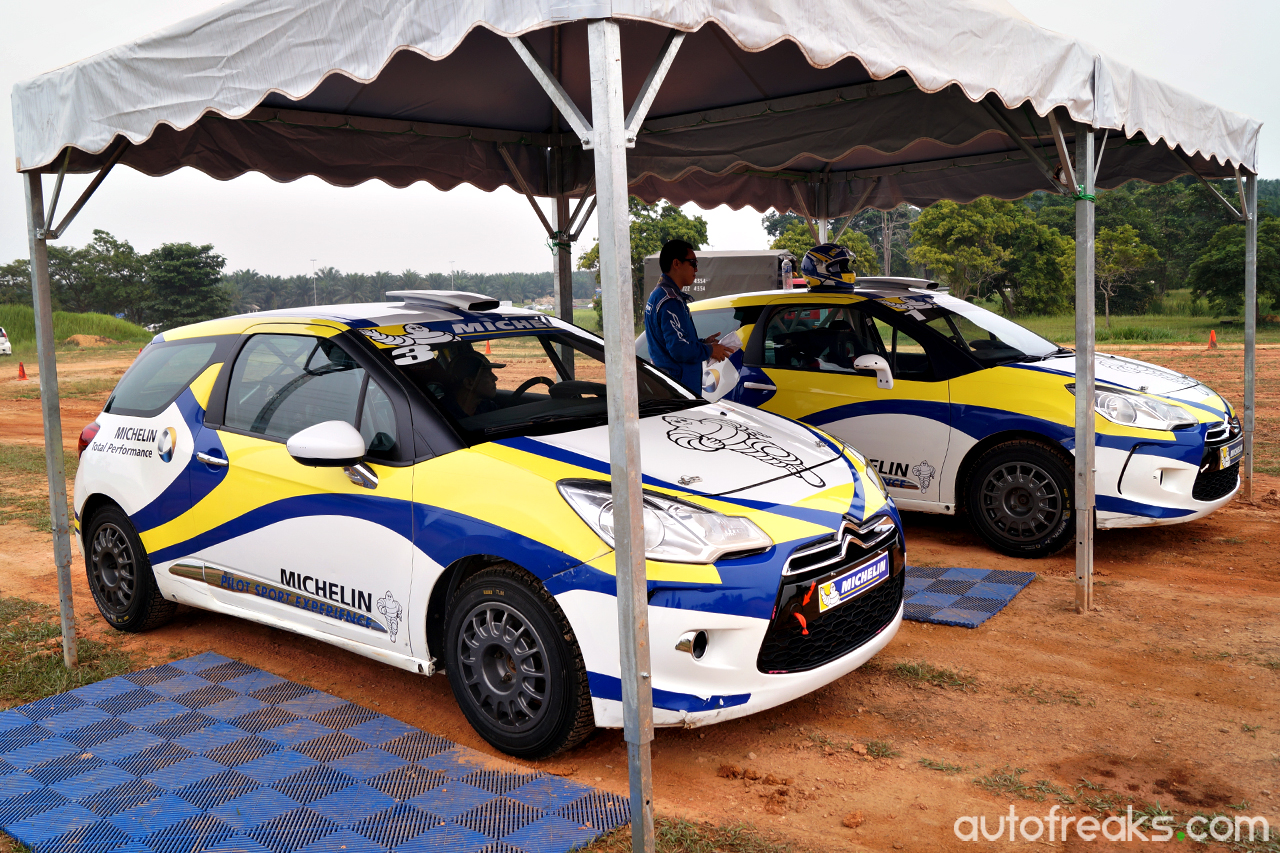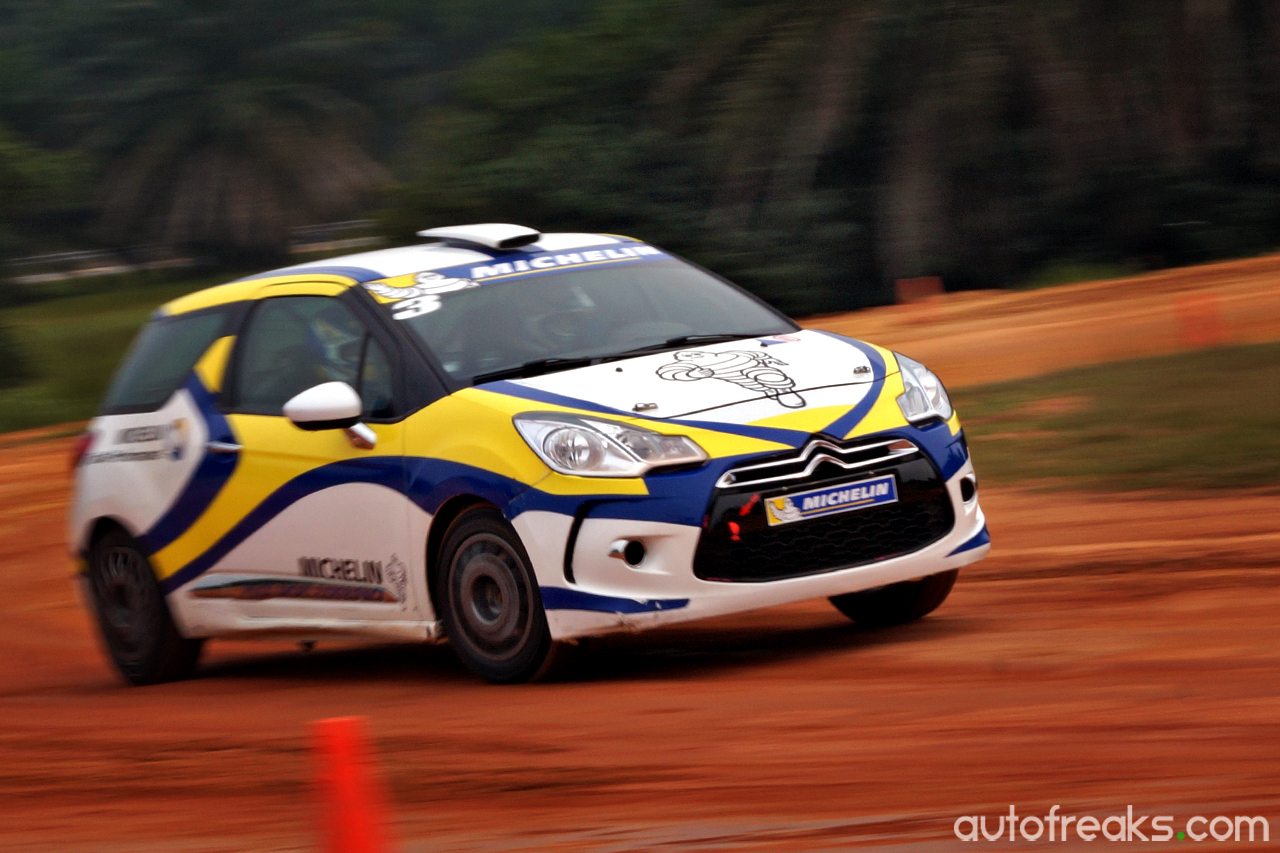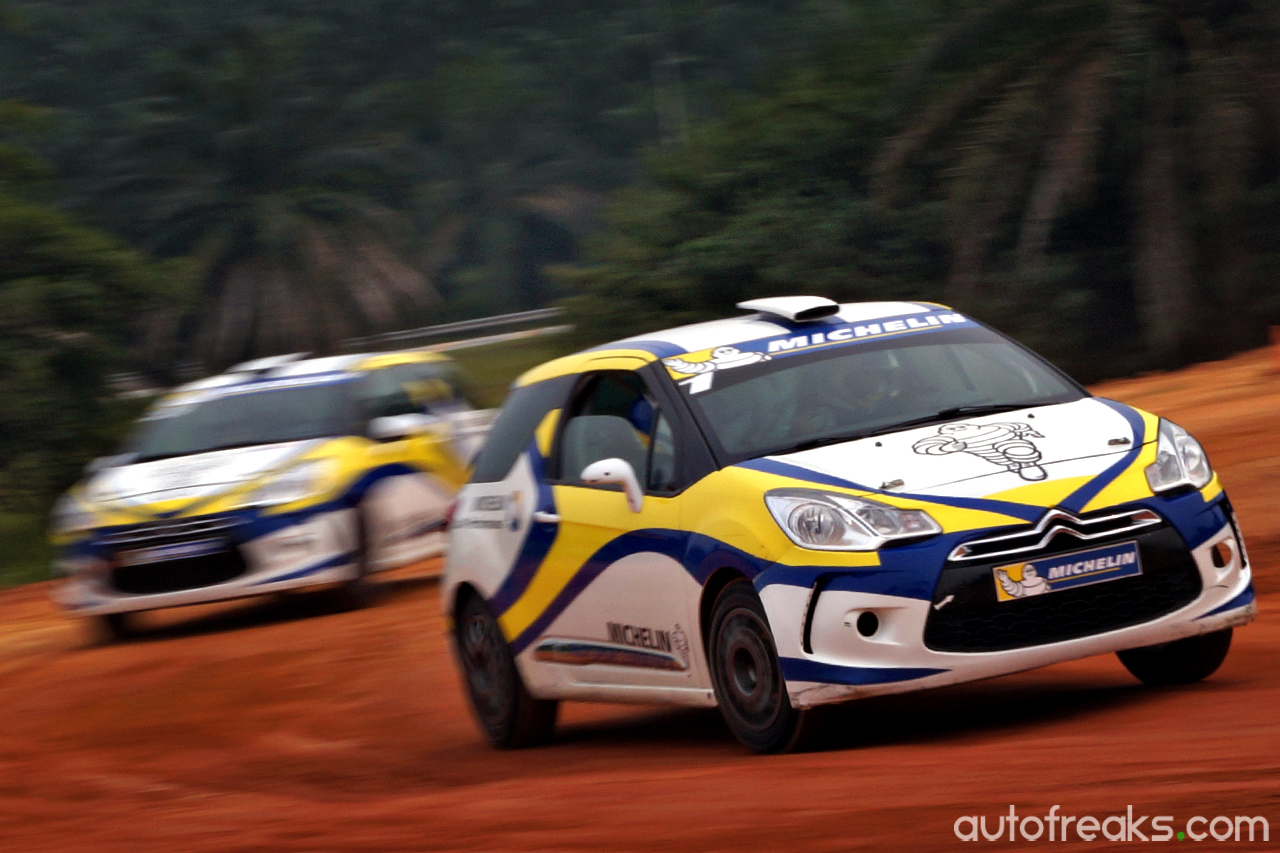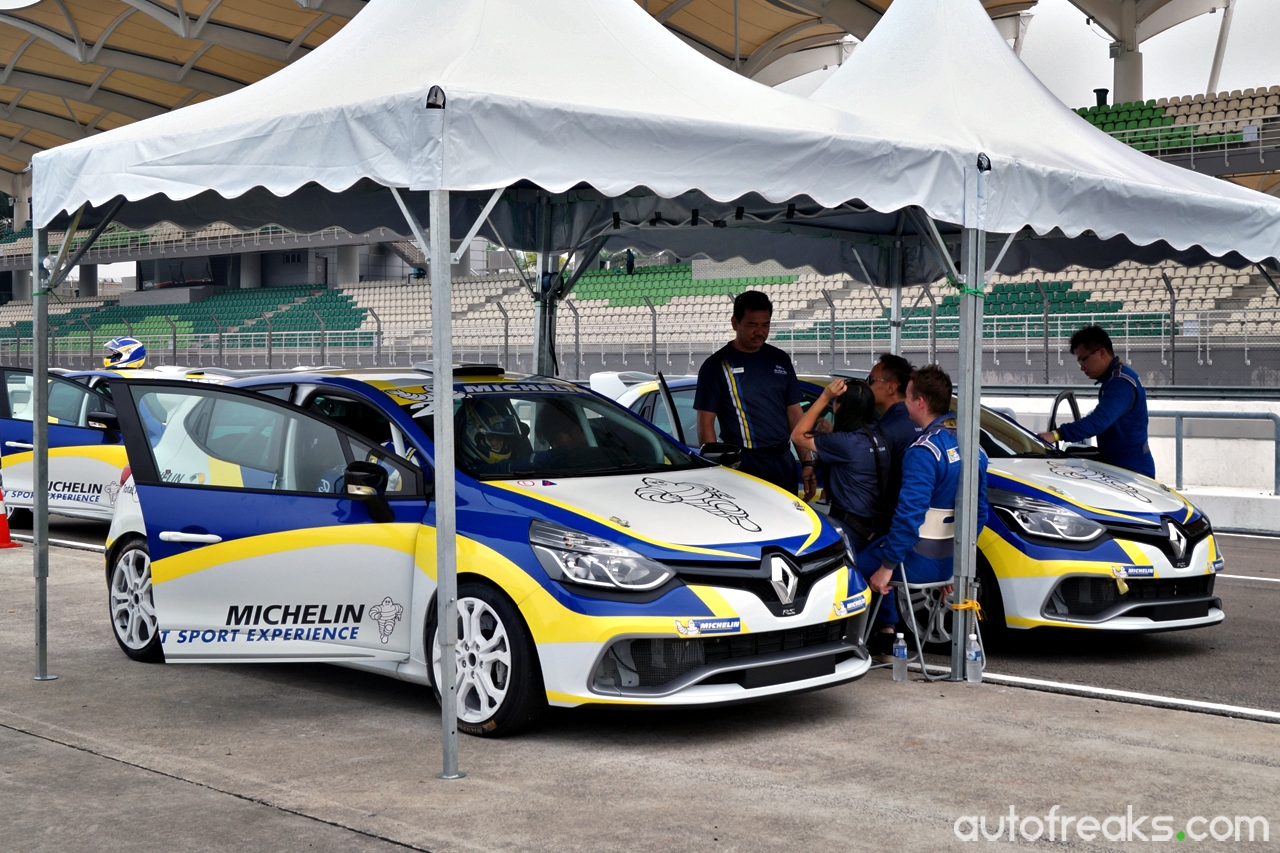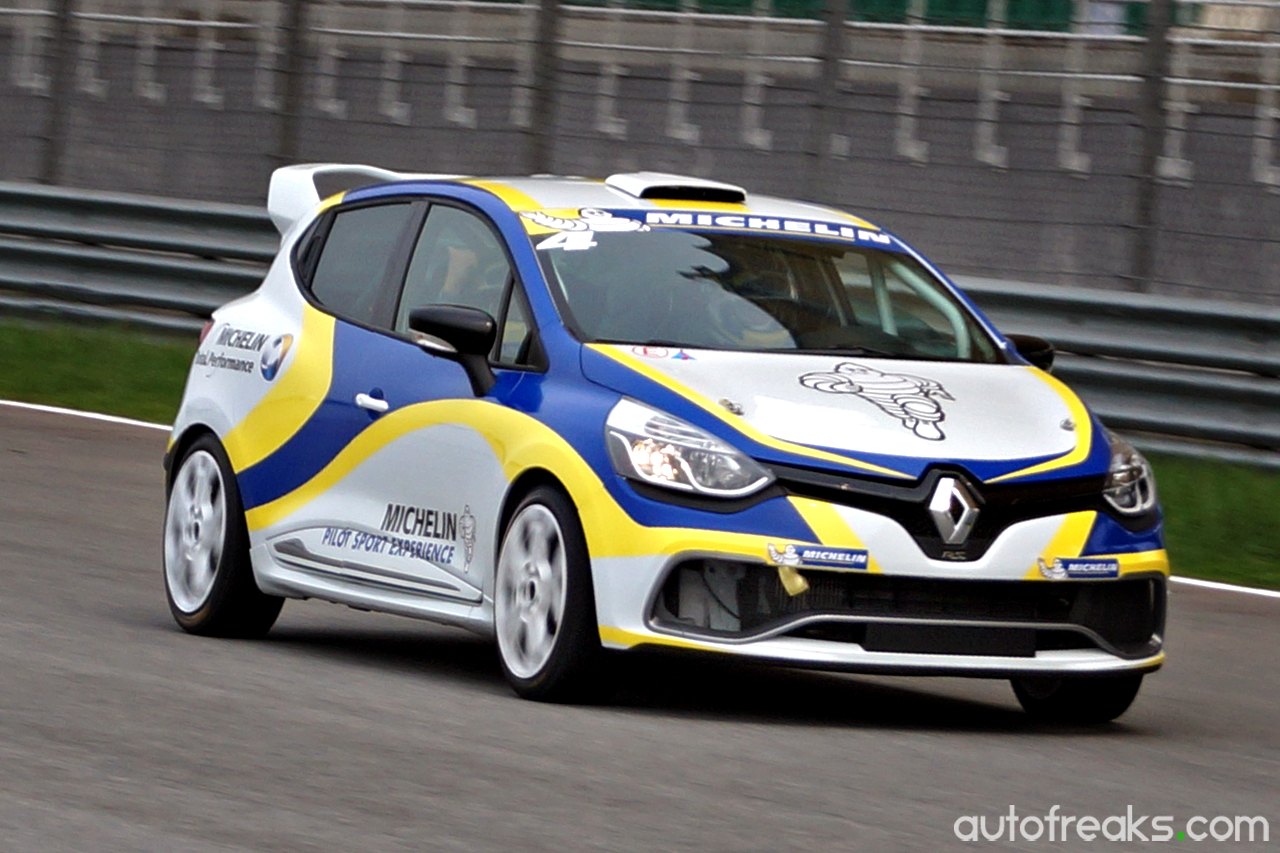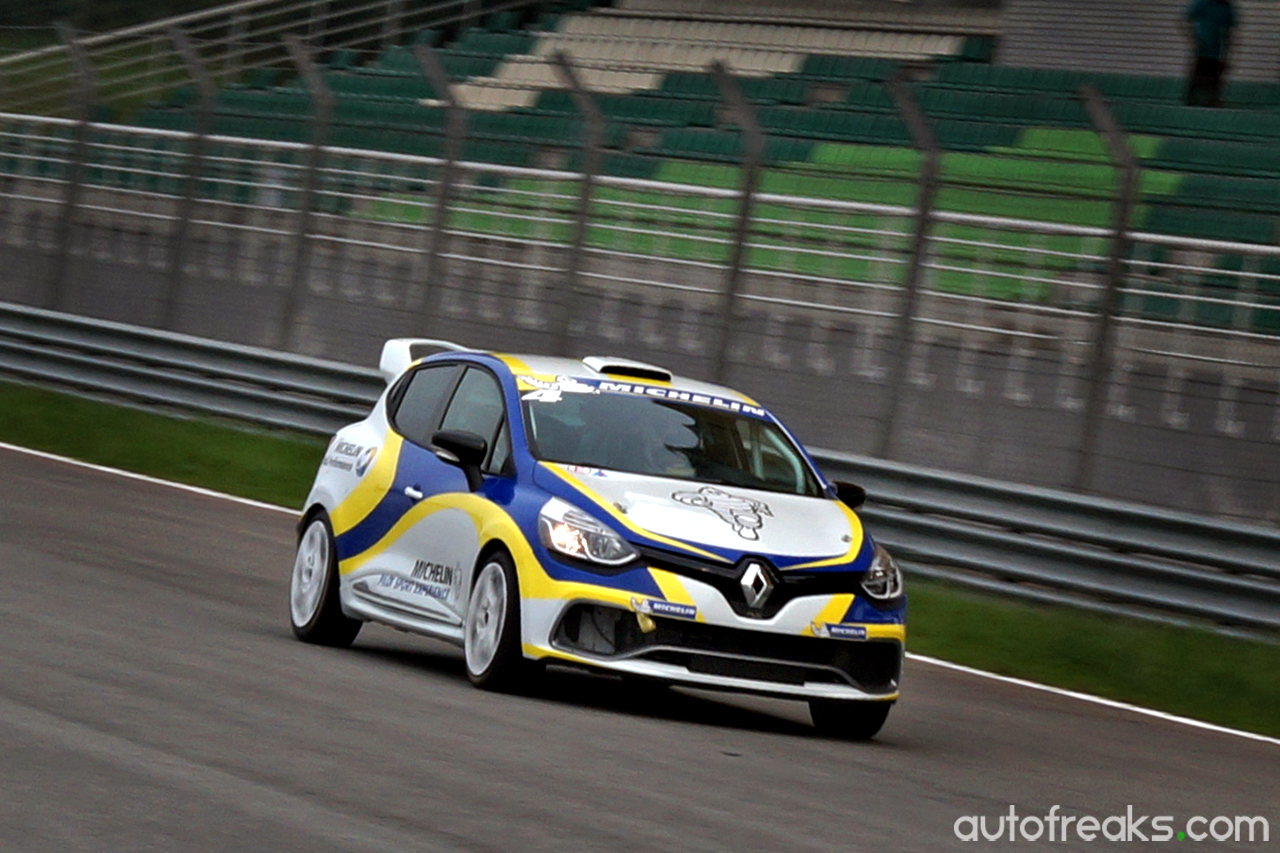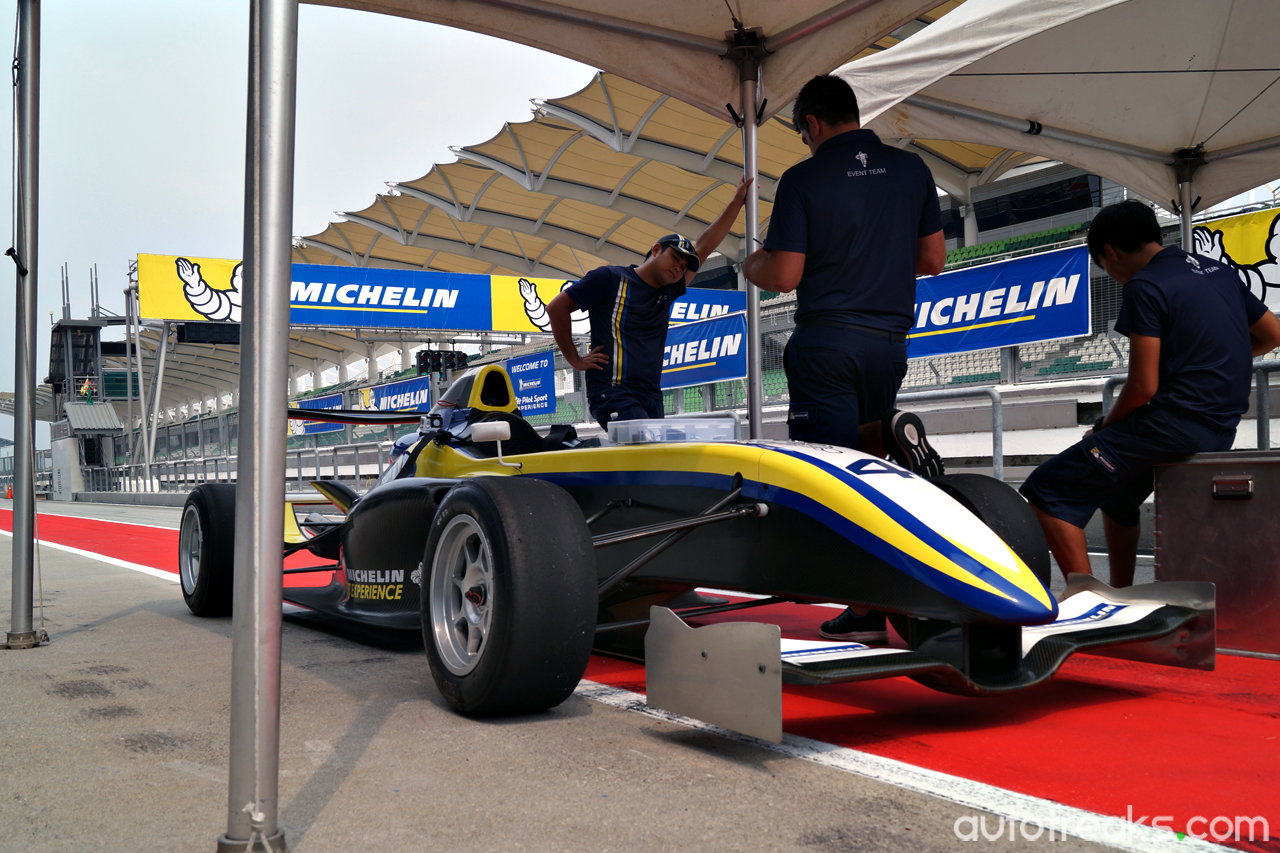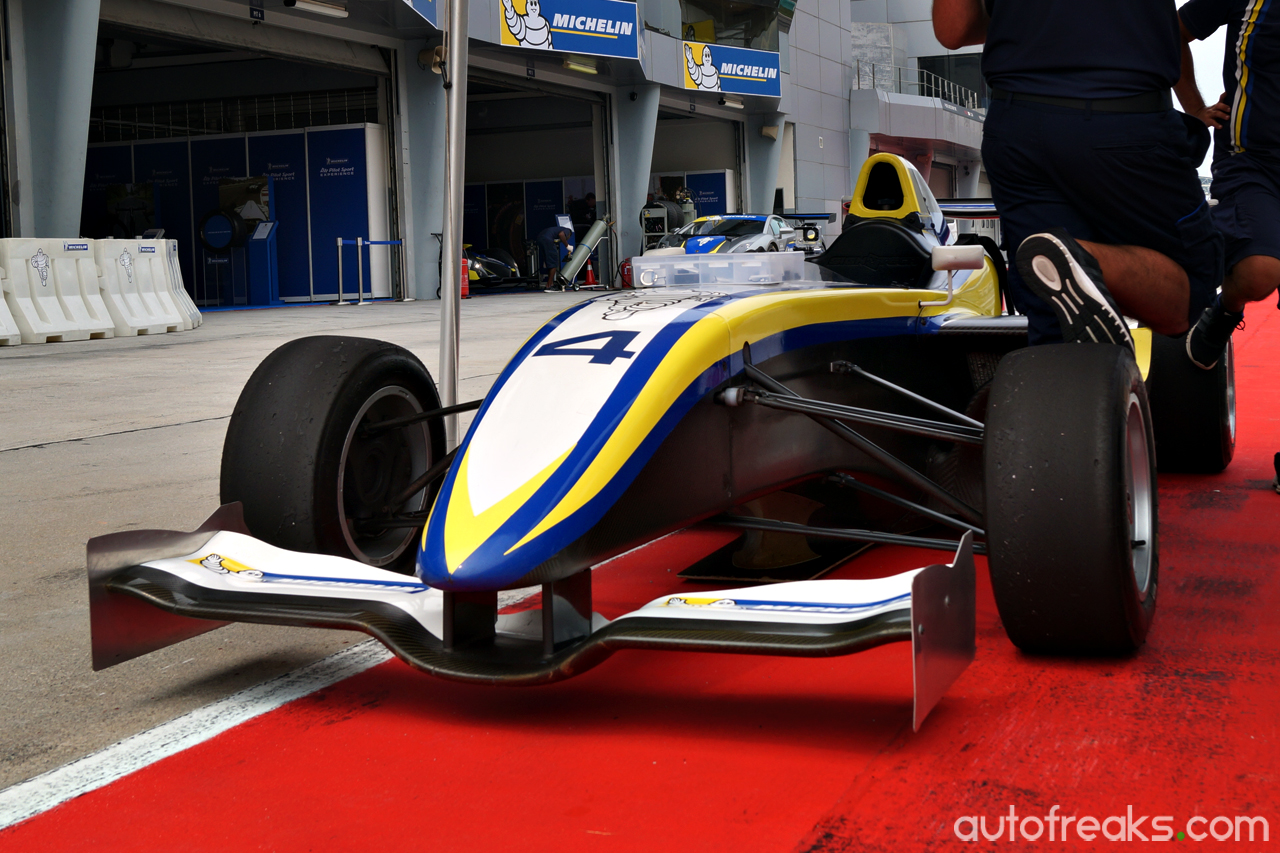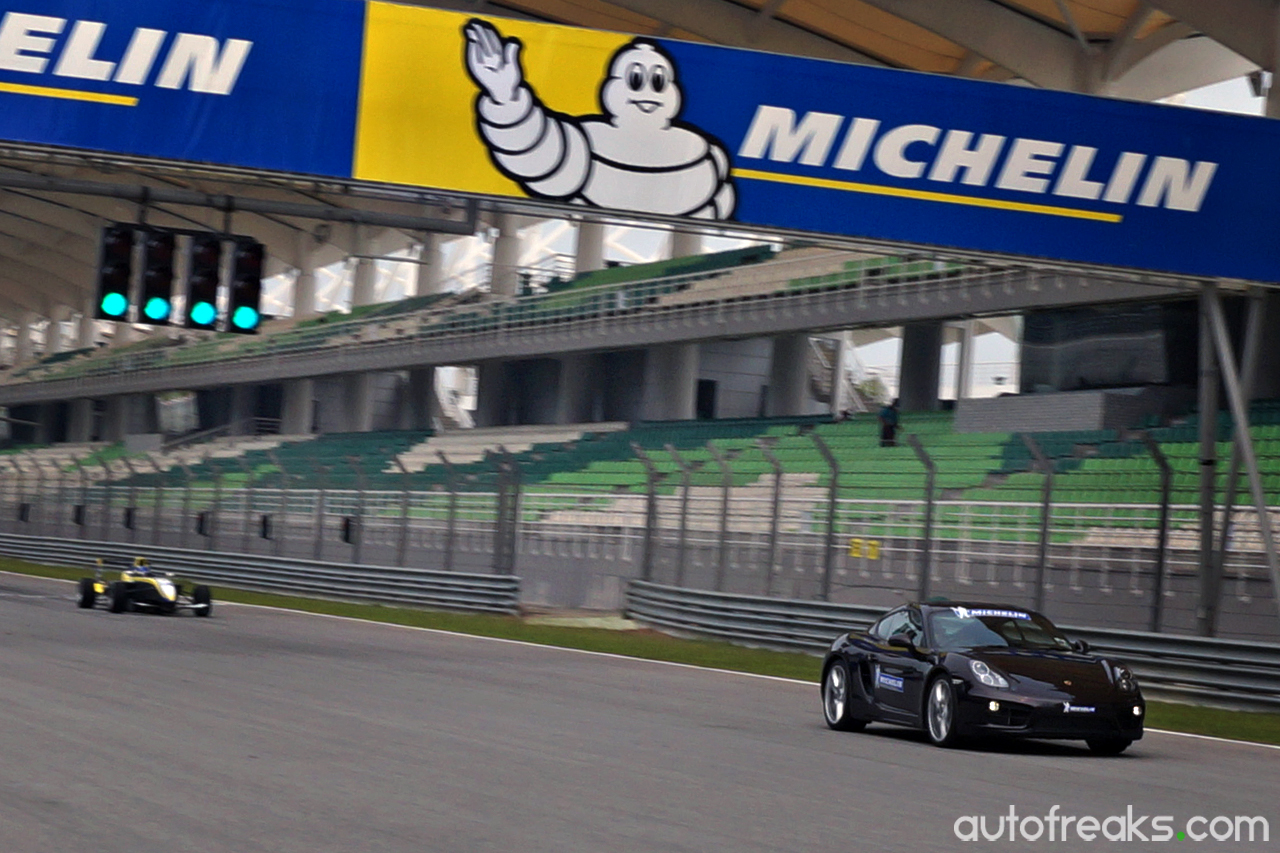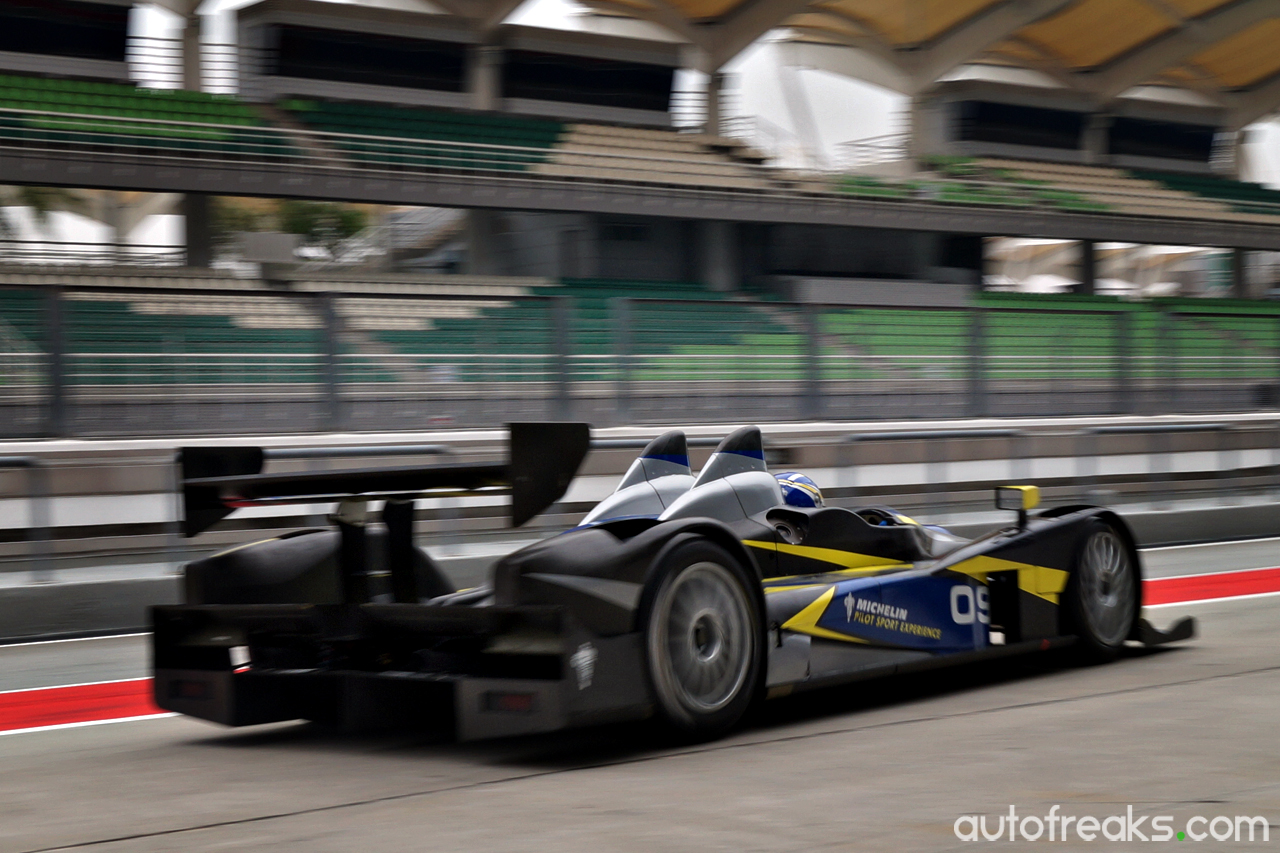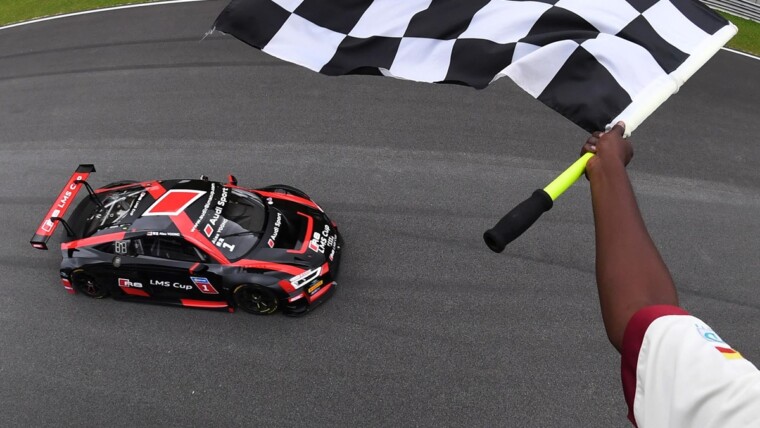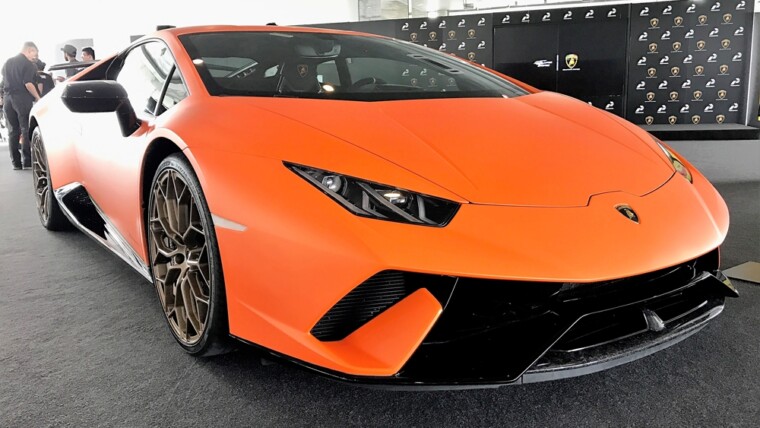Michelin recently organized their annual Michelin Pilot Sport Experience, and selected members of the media were invited to this exclusive event.
The Michelin Pilot Sport Experience, or MPSE in short, was designed for Michelin’s dealers and noteworthy customers to experience the best of Michelin’s offerings. Limited days are offered to members of the media.
This was the first time I’m attending the Michelin Pilot Sport Experience, so I had basically zero expectations on what is planned out for the day. After the drivers’ briefing, we were told that everyone would be split into several smaller groups, and will be given the chance to sample Michelin’s various offerings.
First up, I had a go at the Citroen DS3 Racing R1, which is loosely based on the regular road-going DS3. The DS3 rally cars were fitted with Michelin Gravel Rally tyres, which features tall sidewalls and unique block tread pattern.
Getting into the car wasn’t hard, as the mechanic is patient enough to guide me in. The tougher part was getting used to driving on the left side of the car, shifting gears with my right hand instead. My co-driver was also patient enough to guide me through the course, which the car felt surprisingly pleasant. Personally I thought that the rally car would be far more bouncy, but that was far from the truth. Luckily the helmets provided has a built-in microphone and headphone, as the car does get very loud inside.
On my second session with the plucky Renault, my confidence improved, which gave me the opportunity to try and explore the limits of the Michelin Gravel Rally tyres. Needless to say, the tyres provided ample grip on loose surfaces, just as it was designed to do.
For part two of the MPSE, we were shuttled to the Sepang International Circuit’s South Circuit, with a pair of Renault Clio Cup IV touring cars waiting for us. The 1,000 kg gets its power from a 1.6-litre direct-injection turbocharged engine which pumps out 220 horsepower to the front wheels via a racing gearbox.
Sure, the Clio Cup IV has paddle shifters, but to get off the line, drivers need to built the revs up, and gently let the clutch off. Easier said than done, as many drivers eventually stalled the car. Fortunately for me, my daily drive is a manual.
Off the line, the Clio Cup IV’s Michelin slicks proves to be immensely grippy. A lot of leg power is required to slow the little Clio down, and the omission of ABS means that stomping on the brakes would almost definitely result in the tyres locking up. Cornering in the Clio is a pleasant experience, as the full slick Michelin rubbers just refuse to break traction.
We had a quick lunch at noon, before proceeding to the last drive of the day. For our last drive, we were brought to the North Circuit of SIC, and spotted a pair of Formula Four cars awaiting us. These Renault-powered Formula Four cars puts out 160 horsepower to the rear wheels, also features a pair of paddle shifters for gear shifting duties.
My first stint in the Formula Four was far from pleasant, as it was my first time in a single-seater racer. Managing the throttle was quite a challenge, and was not helped by the fact that the throttle pedal was very sensitive. The end result was my head bopping endlessly until I could gain some momentum.
On the move, the Formula Four racer was far by the most raw of the bunch. Wind noises, gearbox whine and engine noises filled my ears. Despite that, I was having the time of my life, as the experience certainly opened my eyes at how I perceived single-seater racers to be. While they may not look exciting, driving these little racers is a whole different ballgame.
There is no power steering on the Formula Four racer, so I had to wrestle the steering to get the car into my desired cornering line. Thanks to earlier drives, the tyres were sufficiently warm, and the tyres provided a lot of grip. The lead car, which I was not allowed to overtake, was the best guide for racing lines on the North Circuit. My two rounds with the Formula Four racer was definitely brief, but left a lasting impression.
As a treat, Michelin brought out the Oreca LMP-3 Le Mans racer. No, we did not get to drive this Corvette-powered Le Mans racer, but instead, were given a ride of our lives.
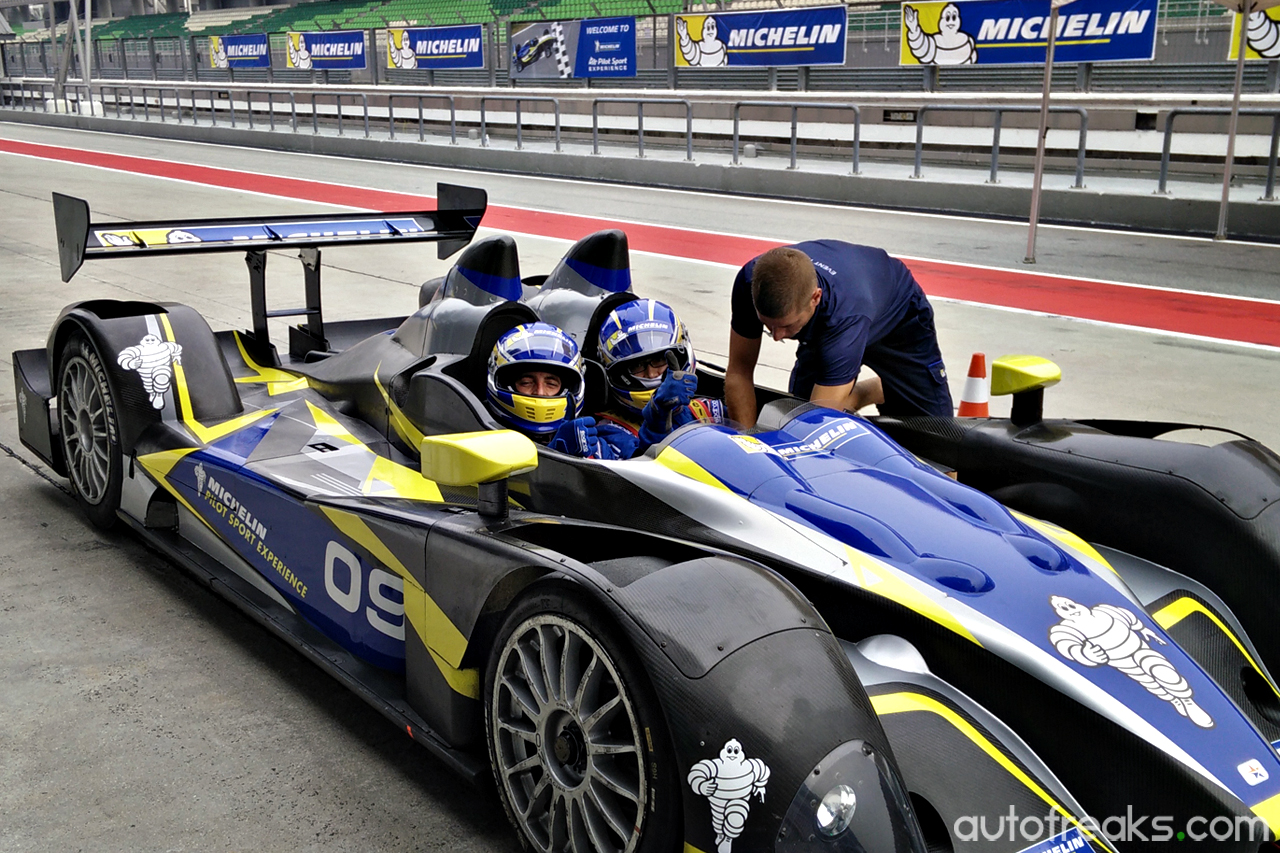
The Le Mans racer is extremely loud, even with my helmet on. I was strapped in beside my driver, and was told to grip to some loops under a very simple dashboard. Brutal acceleration? Checked. Off the line, the 430 bhp Le Mans racer may only be a LMP3-class racer, but don’t let that fool you. If I had a video recorder aimed at me, I would probably look something like this. Late braking? Also checked. Brakes on the LMP3 racer bites with so much grip, that the professional driver had no issues braking at the very last minute. Lastly, the cornering Gs were so strong, I could have sworn that I almost blacked out. Scarily fun, this LMP3 racer.
Michelin has a range of Pilot Sport tyres for road-going vehicles. Sitting on the top is the Michelin Pilot Cup 2, a track-focused dual compound tyre that is OEM-fitted to cars like the Porsche 918 Spyder. One step down is the Michelin Super Sport. Like the Pilot Cup 2, the Super Sport also feature dual compound, but is more street friendly. The Michelin Super Sport is factory-fitted on the Porsche 911. Lastly, there’s the Michelin Pilot Sport 3. Despite being the entry level Pilot Sport tyre, the Pilot Sport 3 does offer benefits from its bigger siblings.
The Michelin Pilot Sport Experience 2015 will no doubt go down as one of the most exhilarating days of my career, and a definite eye opener for Michelin’s range of tyres.
Other posts by AF Newsdesk

